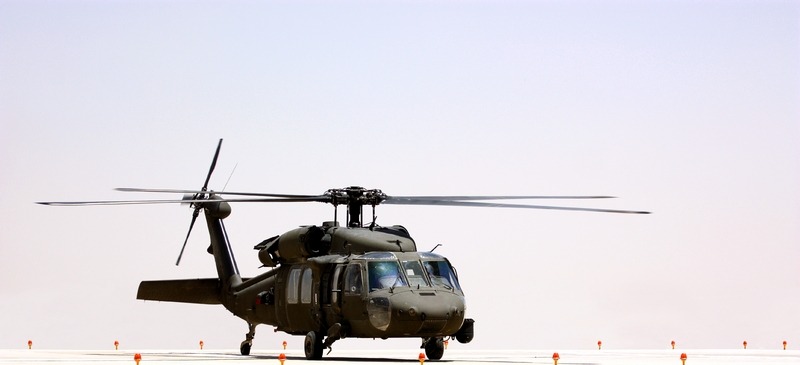
Europe’s defence and its new security strategy
The European Union is starting work on a new security strategy. France’s president, Nicolas Sarkozy, wants it approved in the second half of 2008, during his country’s EU presidency. The original 2003 European security strategy (ESS) is generally considered to be a good document, but Sarkozy is right to point out that the world has changed. For example, the 2003 ESS says little about Russia, energy security or climate change – or defence.
The circumstances for rethinking the security strategy are propitious. The EU member-states no longer view foreign policy and defence mainly through the prism of EU-US relations as they did in 2003. America’s closest allies have ceased to defend the US as unquestioningly as before, while its critics no longer attack it gratuitously. France is even thinking of rejoining NATO military structures.
The most obvious change to Europe’s security environment since 2003 is the return of state-based threats. In particular, Russia’s economic and military revival, and its growing resort to aggressive nationalism, have made it a force to be reckoned with. The Arctic’s mineral wealth, to which Russia lays claim alongside Canada, Denmark and Norway, is a possible flash point. Norway, Sweden and Finland have begun discussing closer military co-operation, in part to strengthen themselves vis-à-vis Russia. This is not to say that the 2008 ESS should be all about Russia, but it needs to be included as one of the new challenges for European security.
For any kind of military planning and operations with regard to Russia, the Europeans will prefer to act through NATO rather than the EU. But the EU will feel the impact nevertheless. Countries that are not in NATO will seek to work more closely with – and possibly join – the alliance. Countries that are in it are likely to prioritise NATO commitments over EU commitments. This matters because defence budgets are stretched extremely thin. If governments devote more resources to NATO, they will have less available for the EU. The ESS should therefore put far greater emphasis on aligning EU and NATO military requirements. This would help avoid a costly competition for resources – a competition that a resurgent Russia would decide in NATO’s favour.
Another major change since 2003 is America’s military overstretch. The US’ travails in Iraq mean that Europe may have to take care of Kosovo or Bosnia alone. Worse, there is a risk of growing isolationism on the US side. Knowledgeable Americans warn that the US will focus on rebuilding its armed forces at home, rather than deploying them abroad (see Kori Schake’s CER essay, ‘The US elections and Europe: The coming crisis of high expectations’).
The ESS needs to encourage America to stay involved. A massive crisis in Kosovo or Bosnia could be more than Europeans can handle alone (not to mention a conflict involving Russia). One useful way to keep the US engaged in Europe would be for both sides to work jointly on new strategies for counter-terrorism and for post-conflict reconstruction. Both those tasks are turning out to be vastly more difficult and expensive than originally thought.
Ultimately, the best way for Europeans to keep America engaged, and to handle problems close to home, is to increase Europe’s military strength. But in recent years the EU has placed too much emphasis on the non-military side of security, as opposed to hard power; and on military reform, rather than larger defence budgets. Yes, the EU’s strength lies in its ability to deploy judges or policemen to post-conflict zones. However, those civilians need reasonably secure conditions to work. And this task more often than not requires a military presence on the ground. On current trends, the EU member-states are unlikely to have enough soldiers to fulfil the likely demand.
Defence budgets continue to contract across the continent, with a few exceptions. In the meantime, the cost of new military equipment is rising at 8 per cent a year, according to some estimates. To make things worse, Iraq and Afghanistan are sapping European defence budgets and ruining existing hardware. As a result, NATO’s rapid-reaction forces are only 75 per cent full. Since many countries earmark the same troops for both NATO and the EU’s battlegroups, the EU may not have sufficient forces to intervene militarily when the situation requires it.
The new ESS should stress the necessity of funding defence. It should adopt NATO’s requirement that member-states spend 2 per cent of their GDP on defence, as Sarkozy is said to favour. It should call on politicians to make a greater effort to explain to their publics that the world is dangerous, and that it would be less so if Europeans gave themselves the means to tackle those dangers.
The new ESS should encourage NATO and the EU to work together as complementary organisations, not rivals. For all kinds of complex and silly reasons, the two bureaucracies seldom talk. This damages both, and weakens Europe’s ability to project power. In particular, the 2008 ESS needs to address the problem of co-ordinating the work of civilian experts and militaries in conflict areas. This is a tricky task, especially if done on a battlefield. The new ESS should therefore call on the EU and NATO to start working together at the planning stage of an operation, on the assumption that they may both become involved. They will need to harmonise procedures. This will be a difficult process because different and deeply entrenched institutional cultures are involved. But it is absolutely necessary, if Europe is going to tackle the wide range of threats that it faces, with such limited military resources.
The last ESS served a useful role in trying to forge a common strategic culture in the EU. The new one needs to carry on this work, encouraging European politicians – and the publics they represent – to take security threats more seriously, and to understand the need for strong defence.
